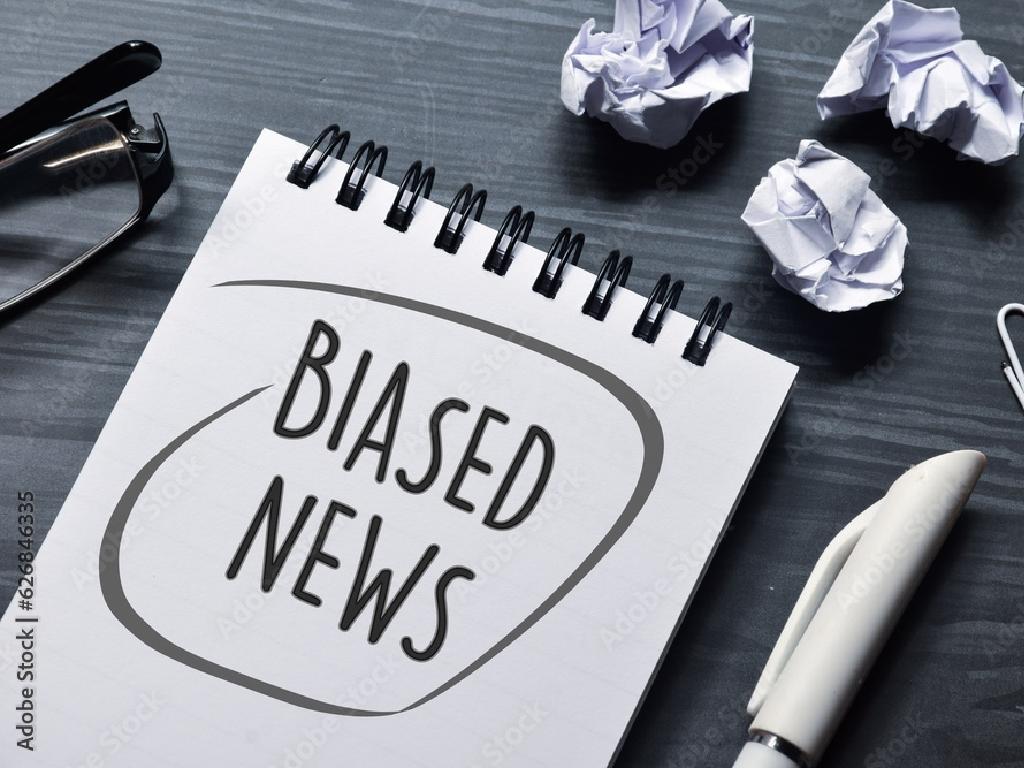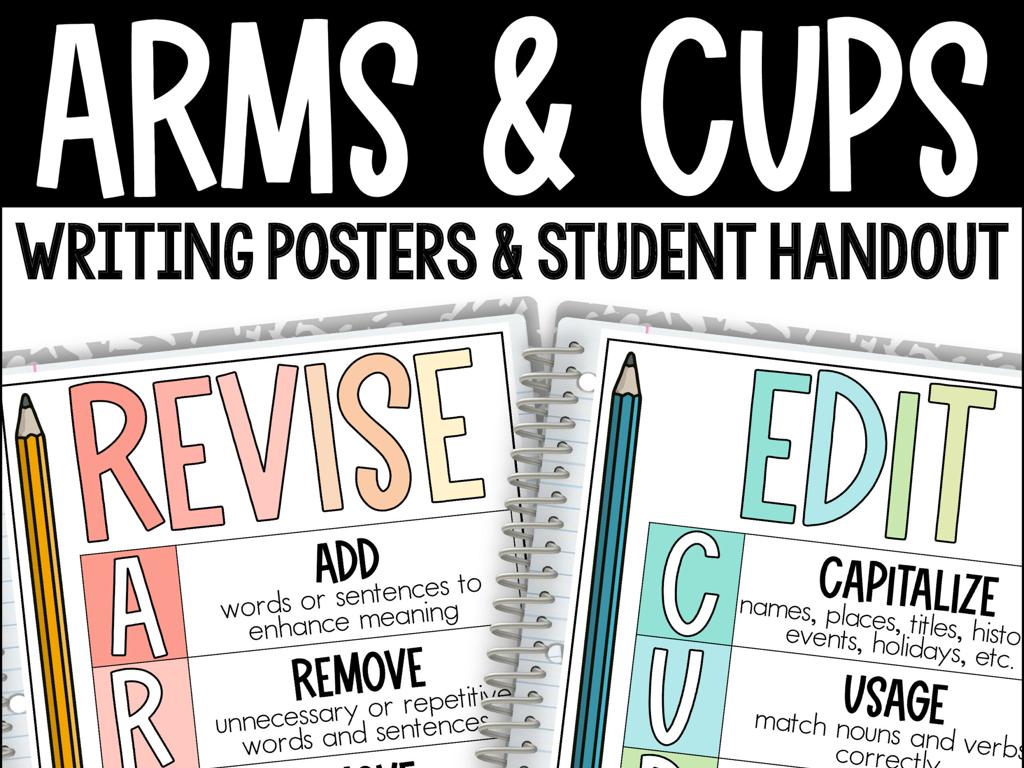The New Deal
Subject: Social studies
Grade: Fifth grade
Topic: 20Th Century American History
Please LOG IN to download the presentation. Access is available to registered users only.
View More Content
Exploring The New Deal
– The Great Depression backdrop
– A time of economic hardship for many Americans.
– Introducing The New Deal
– A series of programs to help the nation recover.
– America’s search for solutions
– Government and citizens worked together for change.
– Impact on American society
– New laws and agencies improved lives and jobs.
|
This slide introduces students to The New Deal within the context of the Great Depression. Begin by explaining the severity of the Great Depression and how it affected American life, setting the stage for the need for The New Deal. Introduce The New Deal as President Franklin D. Roosevelt’s response to the economic crisis, consisting of various programs aimed at recovery. Discuss how the nation sought solutions to rebuild the economy and provide relief to those suffering. Highlight the lasting impact of The New Deal on American society, including the establishment of new laws and agencies that helped to create jobs and protect workers’ rights. Encourage students to think about how these changes might have felt for people living through that era.
Life Before The New Deal: The Great Depression
– Understanding the Great Depression
– A severe economic downturn in the 1930s
– Impact on American families
– Many lost jobs; families struggled to afford basics
– Common challenges during the era
– Unemployment, poverty, and long lines for food
|
This slide aims to set the historical context for The New Deal by discussing the hardships of the Great Depression. Begin by explaining the Great Depression as a time when the economy was very bad, and many people lost their jobs and had little money. Emphasize the impact on families, many of whom could not buy food or pay for their homes. Discuss the challenges such as unemployment, poverty, and hunger. Use stories or images to illustrate the long lines at soup kitchens or people searching for work. This background is essential for students to understand why The New Deal was necessary and how it aimed to help American families recover.
President Franklin D. Roosevelt and The New Deal
– Roosevelt was President in 1933-1945
– Introduced as 32nd President
– Led the U.S. during the Great Depression
– Promised Relief, Recovery, Reform
– His promises aimed to help people after the economic crisis
– Known for ‘Fireside Chats’
– Used radio talks to explain his New Deal policies
|
This slide introduces President Franklin D. Roosevelt, who was the leader of the United States during the challenging times of the Great Depression. He served as the 32nd President from 1933 to 1945. Roosevelt’s New Deal was a series of programs and policies designed to bring relief to the unemployed and those in poverty, recover the economy to normal levels, and reform the financial system to prevent a repeat depression. He communicated directly with the American people through his ‘Fireside Chats,’ making him a comforting presence in every home. Encourage students to think about how a leader can help a country during difficult times and the importance of clear communication between a president and the citizens.
The New Deal: Transforming America
– What was The New Deal?
– A series of programs to fight the Great Depression
– The Three R’s: Relief, Recovery, Reform
– Relief for the needy, economic recovery, and financial reform
– Key programs of The New Deal
– Examples: CCC, WPA, SSA
– Impact on American society
– Helped reduce unemployment and modernize the country
|
The New Deal was a pivotal moment in American history, initiated by President Franklin D. Roosevelt in response to the Great Depression. It aimed to provide immediate relief to those who were suffering, to promote economic recovery, and to implement reforms to prevent future depressions. Key programs included the Civilian Conservation Corps (CCC), which provided jobs in natural resource conservation; the Works Progress Administration (WPA), which created various public works projects; and the Social Security Act (SSA), which established a system of old-age benefits. The New Deal had a lasting impact on the American economy and society, helping to pull the nation out of economic despair and laying the groundwork for future prosperity. Encourage students to think about how these changes might have affected people’s lives during the 1930s and how they continue to influence us today.
Relief for the Unemployed: The New Deal
– Job creation with CCC and WPA
– CCC: Civilian Conservation Corps, WPA: Works Progress Administration
– Agricultural support via AAA
– AAA: Agricultural Adjustment Act helped stabilize crop prices
– Social Security Act benefits
– Provided pensions for retirees and aid for the unemployed
– Impact on elderly and poor
– Improved living conditions and reduced poverty rates
|
This slide focuses on the relief efforts during the Great Depression under President Franklin D. Roosevelt’s New Deal. The CCC and WPA were programs that created millions of jobs for unemployed Americans, building infrastructure and improving public lands. The AAA aimed to help farmers by providing subsidies and controlling production to stabilize prices. The Social Security Act was a groundbreaking law that provided financial assistance to the elderly, the poor, and the unemployed. These programs had a significant impact on American society, offering support during a time of economic hardship and laying the groundwork for the modern welfare state. Encourage students to think about how these programs might have helped their own families during the 1930s.
The New Deal: Recovery of the Economy
– New Deal’s economic boost
– Aimed to reduce unemployment and restore prosperity
– NRA and PWA roles
– NRA set fair standards, while PWA built infrastructure
– Impact on banks
– Banks were stabilized and regained public trust
– Financial institutions’ revival
– Financial institutions were reformed to prevent future crises
|
The New Deal was a series of programs and policies designed to help the United States recover from the Great Depression. It aimed to boost the economy by reducing unemployment and increasing consumer confidence. The National Recovery Administration (NRA) worked to set fair wages and prices, while the Public Works Administration (PWA) created jobs by building roads, schools, and other infrastructure. Banks and financial institutions saw significant impacts; the New Deal brought stability to the banking system, helping to restore public trust. Financial institutions underwent reforms to prevent the economic practices that led to the Depression. Discuss how these changes aimed to improve the economy and ask students to think about how these programs might affect their own community.
Reform: Preventing Future Depressions
– Preventing another depression
– Creation of FDIC and SEC
– FDIC insures bank deposits, SEC oversees stock market
– Labor rights enhancement
– Protects workers’ rights to unionize and bargain
– Introduction to the Wagner Act
– Wagner Act of 1935, a major labor law supporting workers
|
This slide focuses on the reform aspect of The New Deal, aimed at preventing future economic downturns like the Great Depression. Emphasize the importance of the Federal Deposit Insurance Corporation (FDIC) which was established to protect bank depositors and restore trust in the American banking system. The Securities and Exchange Commission (SEC) was created to regulate the stock market and prevent fraudulent activities. Discuss labor rights, highlighting how the Wagner Act strengthened the position of labor unions and allowed for collective bargaining. This act was a significant step towards ensuring fair labor standards and preventing the exploitation of workers. Engage the students by discussing how these reforms could affect their own lives, such as the security of their savings in banks.
The Legacy of The New Deal
– Lasting impacts of The New Deal
– Social Security & labor laws began
– Government’s expanded role
– Government took active economy role
– Influence on later policies
– Set a precedent for government aid programs
– The New Deal’s historical significance
|
This slide aims to summarize the long-term effects of The New Deal on American society and government. The New Deal, introduced by President Franklin D. Roosevelt, brought about significant changes such as the establishment of Social Security and improved labor laws, which are still in effect today. It also marked a shift in the role of the government, which became more involved in the economy and the welfare of its citizens. This involvement set the stage for future policies and government aid programs. Discuss with students how these changes continue to affect their lives and the role of government in society. Highlight the historical significance of The New Deal as a transformative period in American history.
Class Activity: New Deal Poster Creation
– Choose a New Deal program
– List program’s goals and benefits
– Create a catchy slogan
– Think of a phrase that captures the spirit of the program
– Present your poster to the class
|
This activity is designed to help students engage creatively with the New Deal’s historical context. Students will select a program from the New Deal, such as the CCC or the WPA, and research its objectives and the advantages it provided to American society. They will then create a poster that includes this information along with a slogan that encapsulates the essence of the program. Encourage students to be imaginative with their slogans and presentation. Possible activities: 1) Students can work individually or in groups, 2) They can use art supplies to design their posters, 3) They can perform a skit to accompany their poster presentation, 4) They can compare and contrast their chosen program with another, or 5) They can write a short essay on the impact of their program.





